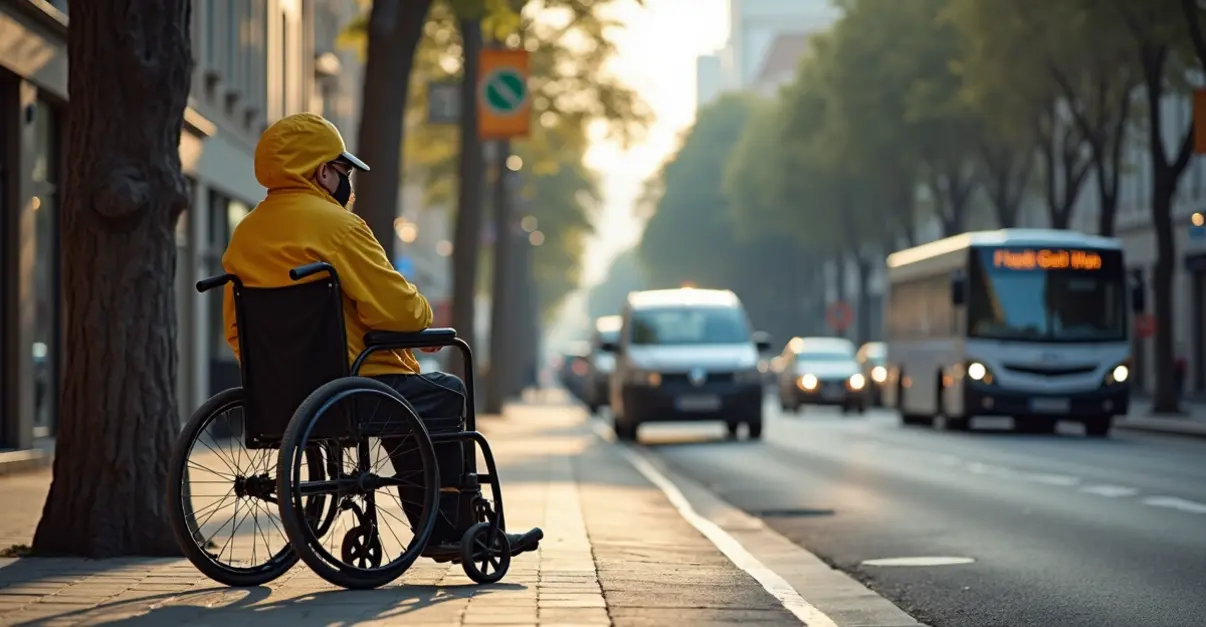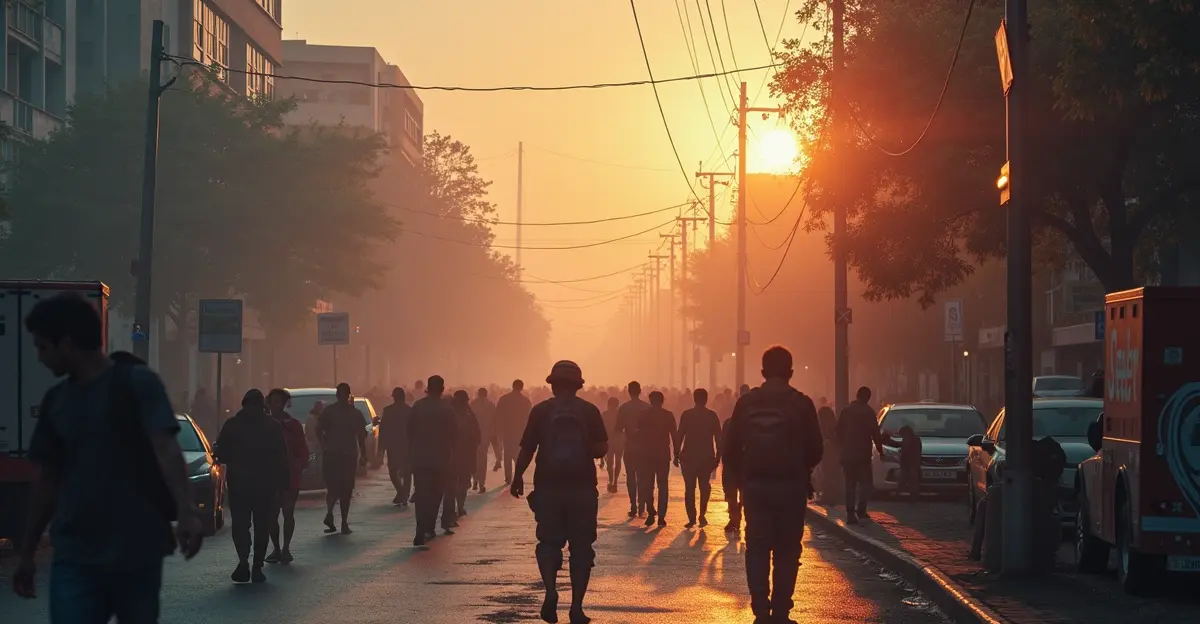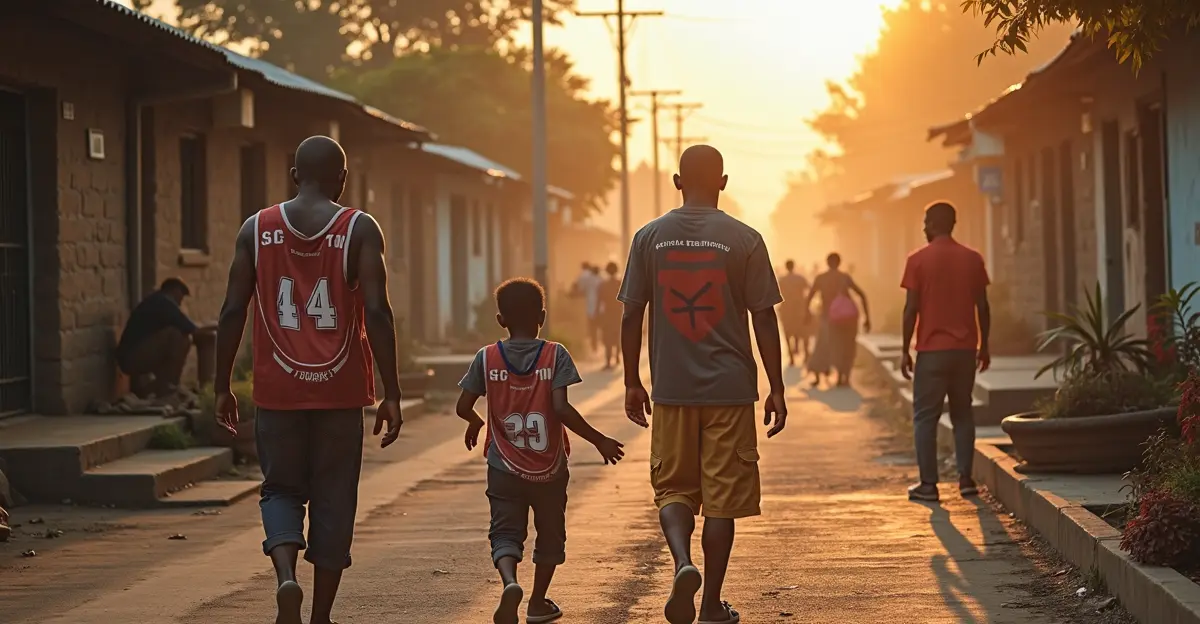Cities worldwide are establishing cooling centers and public health guidance to combat increasing heatwave threats, following deadly events like India's 2024 heat wave that caused 200+ deaths and 40,000+ heatstroke cases.

Global Heatwave Crisis Prompts Urgent Public Health Response
As extreme heat events become more frequent and intense worldwide, cities are implementing comprehensive cooling center networks and public health guidance to protect vulnerable populations from heat-related illnesses. The 2024 Indian heat wave, which claimed over 200 lives and caused more than 40,000 heatstroke cases, serves as a stark reminder of the urgent need for heat preparedness measures.
Cooling Centers: Lifelines During Extreme Heat
Cooling centers are air-conditioned public spaces designed to provide temporary relief from dangerous heat conditions. According to Wikipedia, these facilities have become increasingly common in major cities like Los Angeles, New York, and Chicago, as well as regions where home air conditioning is less prevalent. 'Cooling centers provide essential refuge for those without access to adequate cooling at home, particularly the elderly, homeless, and individuals with chronic health conditions,' explains Dr. Maria Rodriguez, a public health specialist at the World Health Organization.
Recent studies show that about 20% of populations in heat-affected areas utilize cooling centers, with 90% of users preferring informal centers like shopping malls over official county facilities. This highlights the importance of both formal and informal cooling networks in urban heat management strategies.
Comprehensive Public Health Guidance
Health authorities are issuing detailed guidance to help citizens recognize and prevent heat-related illnesses. Heat exhaustion, characterized by symptoms like profuse sweating, weakness, and dizziness, can progress to life-threatening heat stroke if untreated. Medical sources indicate that core body temperatures between 37°C and 40°C (98.6°F to 104°F) define heat exhaustion, while temperatures above 40°C indicate heat stroke requiring immediate medical attention.
'Early recognition of heat illness symptoms and prompt cooling interventions can save lives,' says Dr. James Chen, an emergency medicine physician. 'We're seeing more cities implement heat-stroke rooms in hospitals and train healthcare workers in rapid cooling techniques.'
Global Implementation and Challenges
India's response to the 2024 heat wave demonstrates the scale of intervention needed. The National Disaster Management Authority and India Meteorological Department are rolling out Heat Action Plans across 23 states, featuring early-warning systems, district vulnerability maps, and special guidance for outdoor workers. New Delhi's 2025 Heat Action Plan includes installing approximately 3,000 water coolers across the city, creating shaded footpaths, implementing 'cool' roofs, and establishing specialized heat-wave wards in hospitals.
However, implementation challenges remain. 'The gap between planning and execution is significant,' notes environmental policy expert Sarah Johnson. 'Many communities lack the resources to establish adequate cooling infrastructure, particularly in developing nations where heat exposure is increasing most rapidly.'
Vulnerable Populations and Equity Concerns
Certain groups face disproportionate risks during heat waves. The elderly, children, outdoor workers, and individuals with pre-existing medical conditions are particularly vulnerable. Homeless populations often lack access to any form of cooling, making cooling centers critical for their survival during extreme heat events.
'We must ensure that cooling centers are accessible to all community members, including those with mobility challenges and transportation limitations,' emphasizes social worker Michael Thompson. 'Location, operating hours, and transportation support are crucial factors in making these facilities truly effective.'
Future Outlook and Climate Adaptation
With climate projections indicating more frequent and intense heat waves, cities worldwide are integrating cooling centers into their long-term climate adaptation strategies. Barcelona has pioneered 'climate shelters' that provide refuge from various extreme weather events, while cities in traditionally cooler regions like Portland and Seattle are establishing cooling networks as summer temperatures increasingly exceed 90°F (32°C).
The economic implications are substantial. During the 2024 Indian heat wave, manufacturing companies reduced working hours, contributing to a national three-month low in new order growth rates. Power systems also faced strain from increased electricity demand for cooling, highlighting the interconnected nature of heat impacts.
As cities continue to develop and refine their heat response strategies, the integration of cooling centers with broader public health guidance represents a critical step toward building climate-resilient communities capable of protecting citizens from the growing threat of extreme heat.

 Nederlands
Nederlands
 English
English









